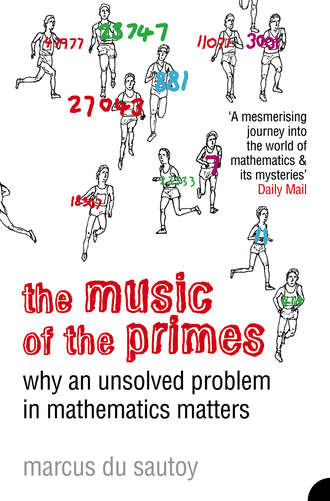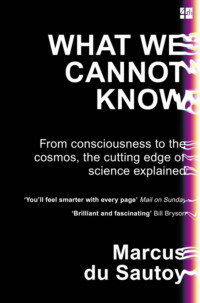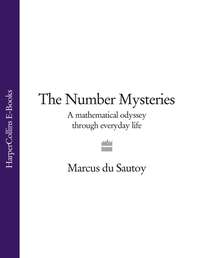The Music of the Primes: Why an unsolved problem in mathematics matters

Полная версия
The Music of the Primes: Why an unsolved problem in mathematics matters
Настройки чтения
Размер шрифта
Высота строк
Поля
Конец ознакомительного фрагмента
Купить и скачать всю книгу




